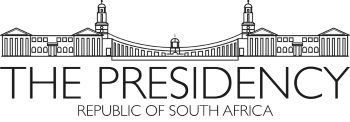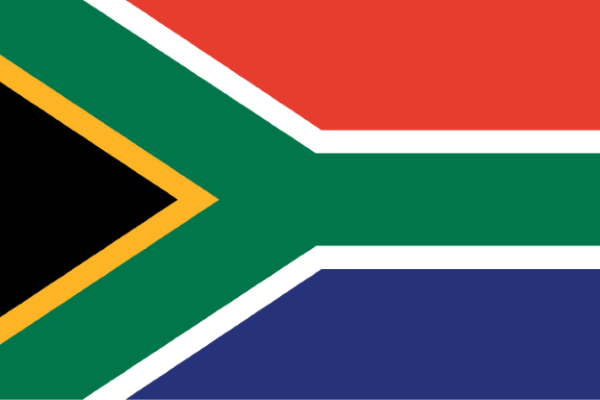The Order of Luthuli in Silver

John Stephen Gomas Awarded for:
His exceptional and outstanding contribution to the struggle for workers’ rights and his selfless contribution to the struggle for a free, non-racial, non-sexist and democratic South Africa.
Profile of John Stephen Gomas
John Stephen Gomas was born in 1901 in the rural village in the Mission Station of Abottsdale, in the Malmesbury district in the Western Cape. He was educated at a mission school until his mother moved to Kimberley in 1911 in search of work. It was there where he received his formal schooling.
Gomas joined the African National Congress (ANC) at the age of 17 in 1918 and the International Socialist League in 1919. In 1923, he became a full-time organiser for the Cape-based Industrial and Commercial Workers Union (ICU) and joined the Communist Party of South Africa (CPSA). He was elected its provincial secretary in 1925 and began organising for a closer alliance between the ICU, the ANC and the CPSA.
He was the Western Cape provincial secretary of the ICU until December 1926 when the ICU was expelling communists within it, such as Gomas, Stanley Silwana and Bransby Ndobe.
Gomas was a tailor by profession and a member of the Garment Workers’ Union. In 1928, he was elected vice-president of the Western Cape ANC, and became a leader of the short-lived independent ANC in that area in 1930. He was elected to the CPSA Political Bureau (Politburo) in 1933.
Together with Cissie Gool and James La Guma, he founded the National Liberation League in 1935, while in the 1940s he was secretary of the Tin Workers’ Union and continued to be an active member of the CPSA.
In 1952, he was among thousands who were imprisoned as a result of the Defiance Campaign of Unjust Laws and was placed under house arrest for two years in the 1950s and for five years from 1965 to 1970. In 1959, he left the ANC and joined the newly formed Pan Africanist Congress after it split from the ANC.
Together with Ray Alexander, he helped to establish trade unions in a number of industries where black workers were working, organising them from the shop floor. He was active among the clothing and textile workers in Cape Town and the crayfish workers on the west coast and in Port Nolloth.
As one of the first generation of revolutionary fighters, Gomas left deep imprints on the national liberation struggle in South Africa. With hardly any formal schooling, Gomas learned his lessons in the struggle and in the liberation movement.
He spoke about and organised around all the main areas of our struggle for liberation for a long time. Gomas’ important contribution to South African social history has not yet received the scholarly attention it merits. He was a trade unionist and central figure in the CPSA.
He died on 25 April 1979 after having suffered three strokes since 1966 when the apartheid bulldozers rambled through the streets of District Six demolishing houses. His own house in Stirling Street fell a few months after his death.




